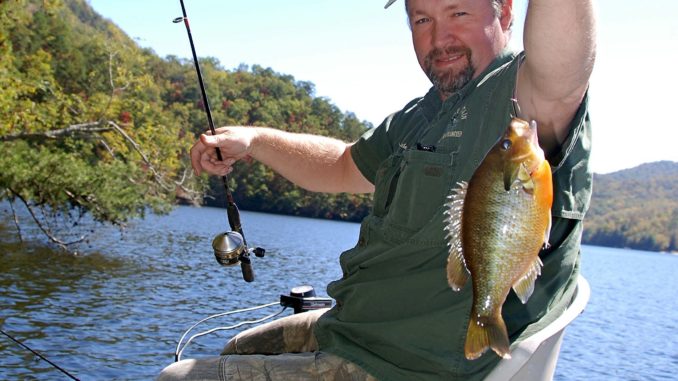
Beat the heat and slay the bream on Cedar Cliff, Bear Creek, Wolf Creek and Tanasee Creek lakes
Fishermen looking to escape the August heat and still keep their rods and reels in working condition should consider a trip to the North Carolina mountains, Jackson County in particular.
Amidst the rugged terrain are four relatively small impoundments on the East Fork of the Tuckasegee River that offer some great summer fishing, especially for members of the bream family.
Ronnie Parris of Bryson City operates Smoky Mountain Outdoors Unlimited Guide Service and makes frequent summer trips to these small gems: Cedar Cliff, Bear Creek, Wolf Creek and Tanasee Creek. He said it’s a great getaway, and the fishing is best-in-class.
The four lakes are all accessed from the town of Cullowhee, home of Western Carolina University, south via NC 107 and SR 181. When the Tuckasegee breaks into the West Fork and East Fork, the road winds ever upward in elevation, with Wolf Creek and Tanesee well up in the high mountains.
“Cedar Cliff is your first lake,” said Parris. *”Cedar Cliff is one of the smaller lakes that came out when they built these impoundments. You’ve got a lot of bluegill in it; you’ve got smallmouth, largemouth, a few trout and a few walleye, although I’ve never had much luck with the walleye in it.”
“Bear Creek Lake is next as you move up the river and probably my favorite out of the four lakes; it’s the largest of the four,” he said. “You pretty much have the same species of fish in here, but to me, it fishes more like one of the big lakes, enough that you can figure out a pattern between one end or the other or the upper and lower end.”
“Wolf Creek Lake is pretty close to Bear Lake as far as the quality of fishing and how it fishes,” said Parris. “In fact it may be a little bit better as far as catching walleye. It’s probably not as good a crappie lake as Bear Lake; Bear Lake has a pretty good number of crappie in it.”
“Tanasee Creek Lake is the smallest; it’s more like fishing a big mountain farm pond,” he said. “You can’t even put a big boat on it. You’ve got to have a small boat with electric motor; because of that, there’s not a lot of fishing pressure. It’s sort of remote and a little bit harder to get to than the other three, and it’s a good bass and bream lake. The other three lakes are stocked with trout, and they’re pretty decent lake trout fisheries at times, but because of its size, they don’t put trout in Tanasee.”
Parris points to the abundant bream populations as the best picks for August, particularly in Bear Creek. The surface temperatures in the East Tuck impoundments may only reach the mid- to upper-70s, even through the hottest part of the summer. The 75-degree water temperature is prime habitat for catching both numbers and some good-eating sized bluegill.
“Bluegills like the warmer weather, so when the weather starts heating up during August, the bass and walleye fishing will get pretty sluggish, but the bluegill actually feed even better,” Parris said. “You’re going to pick up bluegill anywhere there’s wood structure in the water — any brush or any kind of tree that’s fallen in. You’ll also pick them up back in some of the deeper hollows. We’ve got a lot of feeder creeks pouring into these lakes that provide a little bit cooler water. A lot of bait moves up into the mouths of those feeders, and we’ll catch a lot of the better sized bream where the creeks pour in.”
Being a live-bait specialist, Parris said it’s hard to present half of a nightcrawler on a split-shot rig or a cricket under a small cork around any of the blowdowns and creek mouths and not catch a bream. The lake bottoms are mostly sand, clay and rock, and the fish gravitate heavily to the wood cover.
“It’s pretty easy fishing for a lot of species, not just the bream” Parris said. “The bream are the most aggressive this time of year, but don’t be surprised if you come home with a mixed bag in the livewell. We have both largemouth and smallmouth bass, rainbow trout, walleye, bluegill and some crappie, and catching any of these fish is just a matter of working your way down the shoreline casting to the bank.”
Though three of the four lakes have some significant deep water in their main-lake areas, Parris said looking beyond a cast from the bank, or in his case a cast from the boat to the bank, is a waste of effort. Even without a depth finder, it’s pretty easy to judge the terrain below the surface by looking above it.
“You can pretty much look up at the woods and tell what’s below you,” he said “The hillsides above tell you what the bottom once looked like, because they didn’t do no dozer work or anything, just build the dams, flooded and filled up the valleys. They did cut the trees around the edges, but you’ve got a lot steep drops, so any tree that falls goes straight into the water. That’s what makes these blowdowns so important, it’s the only cover in that 1- to 20-foot depth range where all of these fish are.”
James McManus is another local guide who echoes Parris’s sentiments about the East Tuckasegee reservoirs. McManus, who runs 153 Charters in Sylva, points to the area’s bream fishing as a mainstay, particularly during the summer when kids are out of school and often accompany his clients.
“My favorite of the four locations is probably Wolf Creek,” said McManus. “Bear gets the most boat traffic of the four, and Wolf is the next biggest and tends to get overlooked. Wolf also has a great population of bream, primarily bluegills, but there’s also some rock bass, pumpkinseed and crappie.”
While McManus will go the live-bait-and-bobber route to keep the kids happy, he also favors fly-fishing tackle, particularly if his guests are fly fishing enthusiasts looking to keep their skills sharp through the summer.
“You can go to these same locations where the creeks dump in or any cut in the side of the mountain — on Wolf, there are several good ones just above the graveyard on the Forest Service side of the lake,” he said. “With the cooler weather and all the rain we’ve had this summer, it wouldn’t surprise me at all if there weren’t some bream still going to the beds, especially around the full and new moons.”
McManus said fly-fishing tackle doesn’t need to be elaborate. He favors a 5-weight rod, but any decent trout rod down to a 3-weight will do the job. He will use a tapered leader for fishing popping bugs, though he may trim the small end back to where he’s got at least 4-pound test on the fish’s end in the event he runs across a largemouth hanging out with the bream.
“Two other patterns that fit right in this time of year is to fish around the rocks at the dam,” McManus said. “I have caught some nice rock bass during the summer just working my way down the riprap in the evenings. And if you’re inclined to stay a while after dark, the fly-fishing for largemouth bass can get real good (they) move into the shallows to feed.”
DESTINATION INFORMATION
HOW TO GET THERE/WHEN TO GO — The four impoundments of the East Fork of the Tuckasegee River are also connected by SRS 281 as it winds through Jackson County between the towns of Cullowhee and Tuckasegee to the north and Lake Toxaway to the south. Northern access is from NC 107 and the southern access to this road is from US 64. Each of the four impoundments has its own public access area and boat ramp which is owned and operated by the NCWRC. Being in higher elevations, surface temperatures on the four lakes stay relatively low, so fishing for sunfish remains good throughout the summer, particularly in August when other species are sluggish.
BEST TACTICS — To catch sunfish, target creeks and cuts around the lakes that are shallow and flat compared to the rest of the terrain. Target any visible wood structure in these areas. Productive tackle includes half a nightcrawler fished on the bottom on a split-shot rig or crickets and red worms fished under bobbers. Fly-fishing is also highly productive in the same areas using popping bugs, and small streamers.
FISHING INFO/GUIDES — Ronnie Parris, Smoky Mountain Outdoors Guide Service, 828-736-9471 or http://www.smokymountainoutdoorsunlimited.com/; James McManus, 153 Charters, 828-421-8125 or http://www.153charters.com/. See also Guides and Charters in Classifieds.
ACCOMMODATIONS — Jackson County Chamber of Commerce, 828-586-2155 of http://www.mountainlovers.com/.
MAPS — N.C. Wildlife Resources Commission, 919-707-0010, http://www.ncwildlife.org/; Delorme North Carolina Atlas & Gazetteer, 800-561-5105, http://www.delorme.com/.

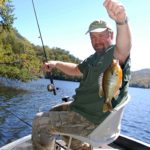
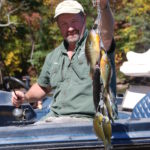
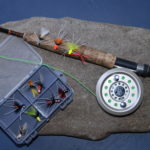
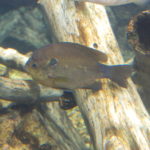
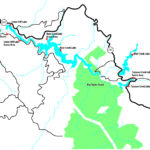
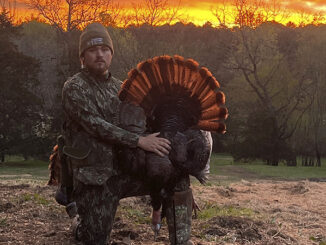

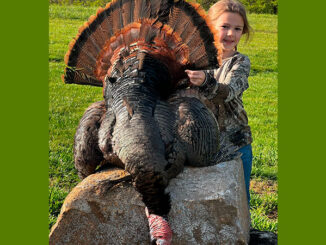

Be the first to comment